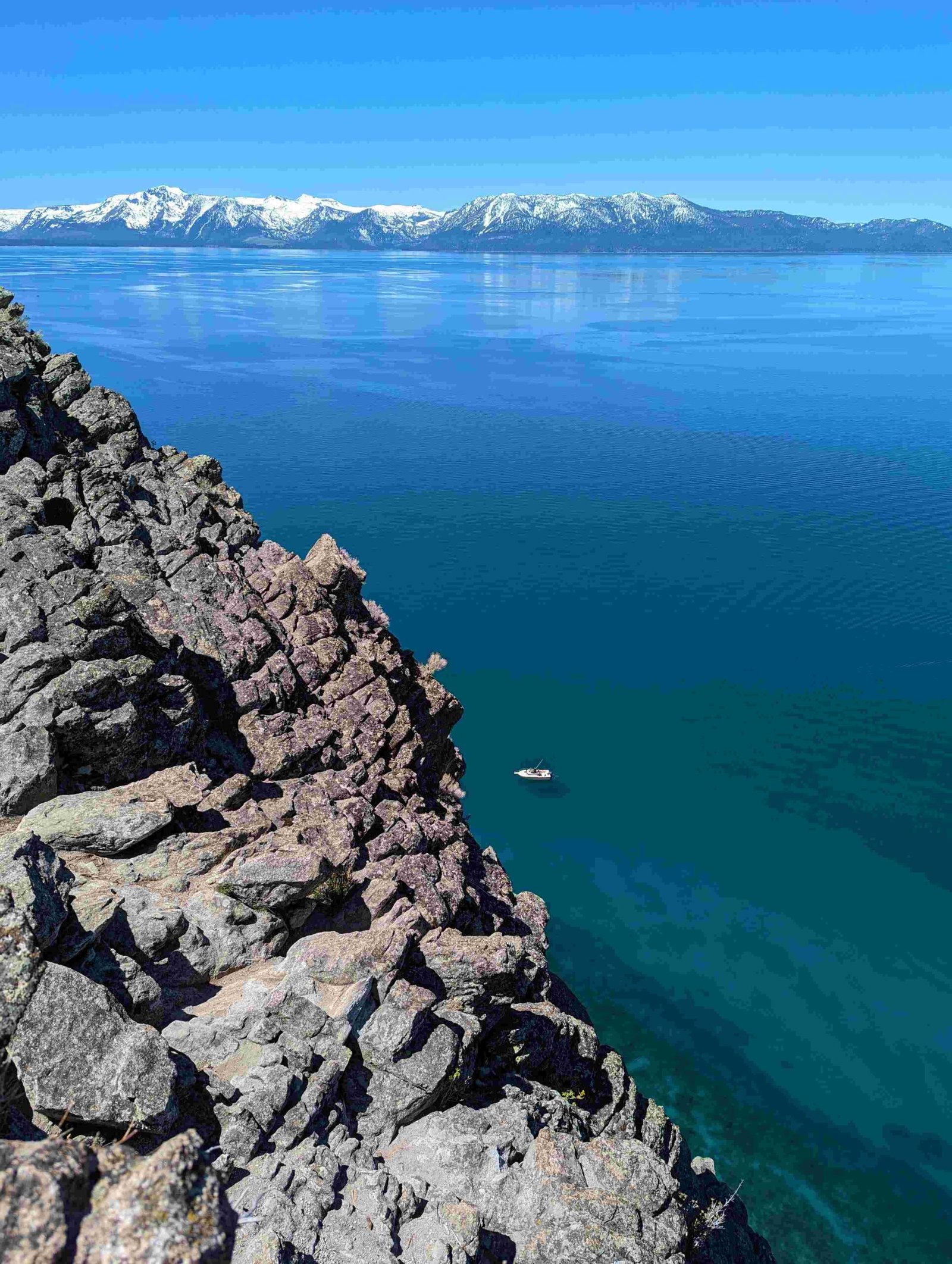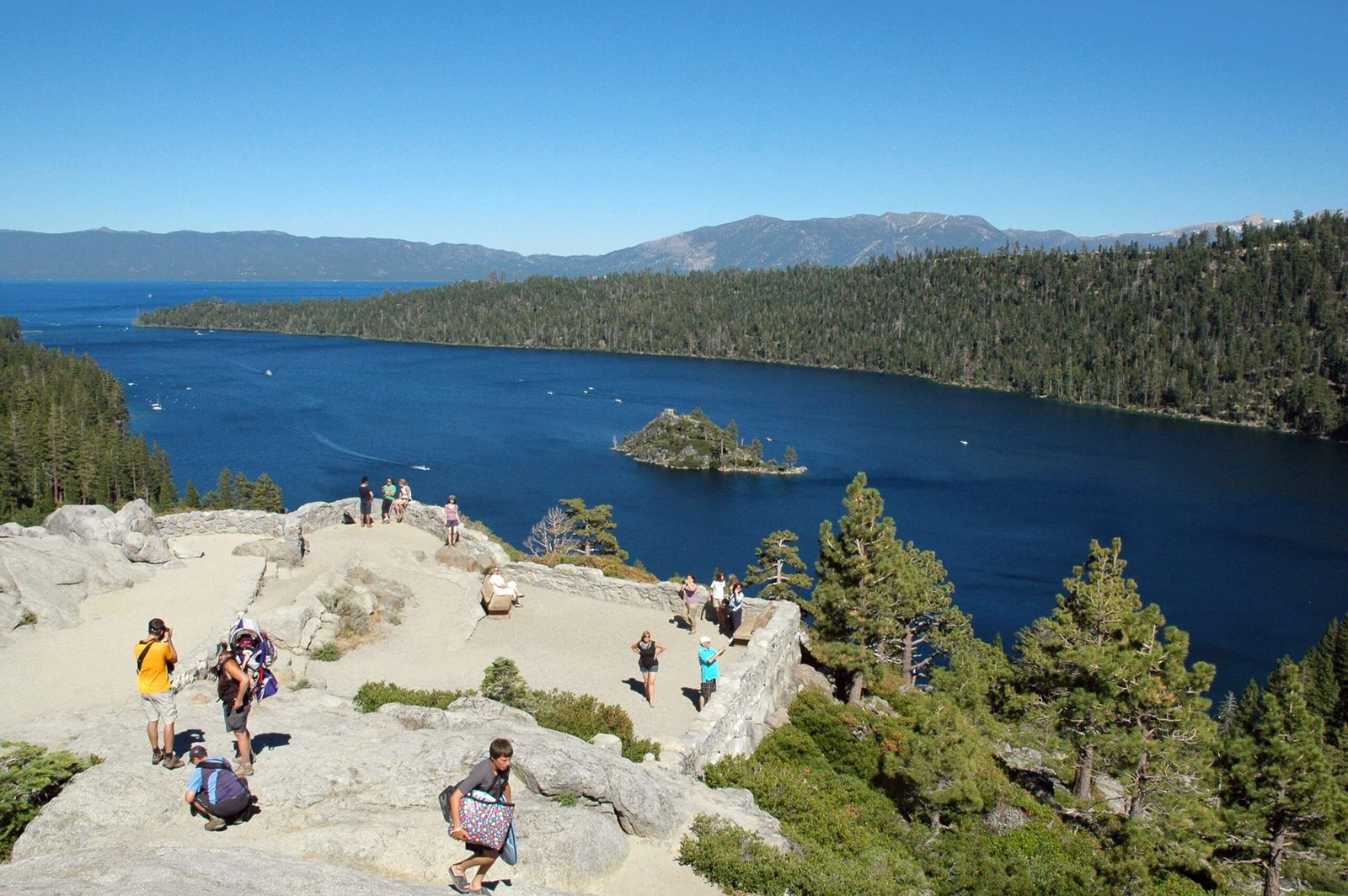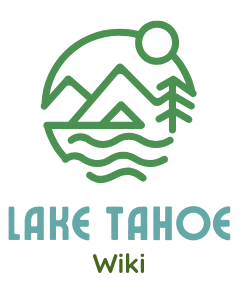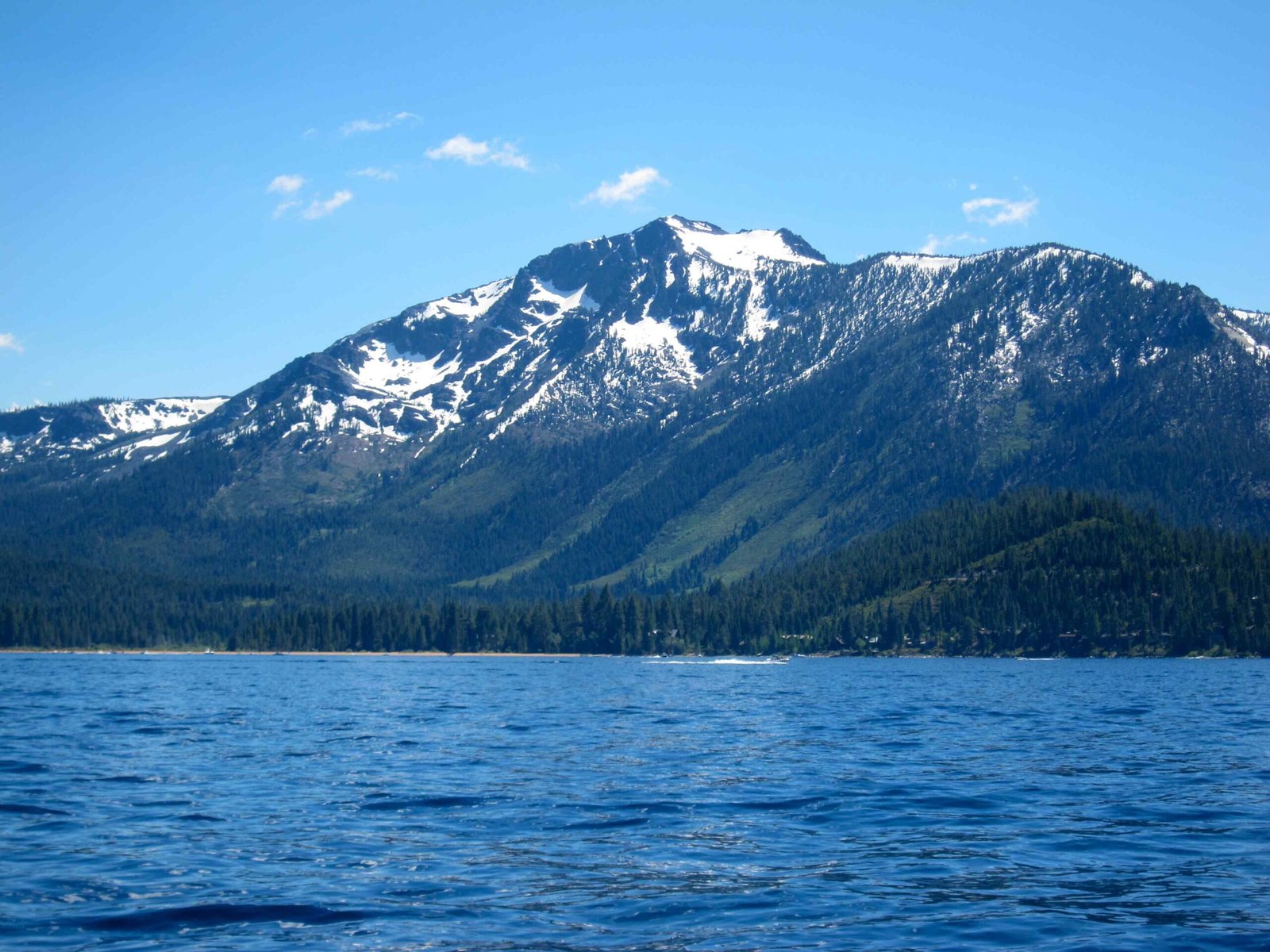Lake Tahoe bays represent a stunning network of pristine waterfront destinations nestled in the Sierra Nevada mountains, offering visitors an unparalleled blend of natural beauty, recreational opportunities, and ecological diversity. These remarkable bays, stretching across California and Nevada, provide unique access points to one of North America’s most iconic alpine lakes, featuring crystal-clear waters, diverse marine ecosystems, and breathtaking mountain landscapes that attract outdoor enthusiasts, nature photographers, and adventure seekers from around the world.
What Makes Lake Tahoe Bays Unique?

Lake Tahoe’s bays are geological treasures characterized by their distinct geographical features and microclimates. Each bay offers a different perspective on the lake’s stunning environment, ranging from sandy beaches to rocky shorelines.
Key Characteristics of Lake Tahoe Bays
| Bay Name | Location | Key Features | Primary Activities |
|---|---|---|---|
| Sand Harbor | Northeast Shore | Sandy beaches | Swimming, Fishing |
| Emerald Bay | Southwest Shore | Historic Vikingsholm Castle | Kayaking, Photography |
| Carnelian Bay | Northwest Shore | Mixed terrain | Boating, Fishing |
Where Can You Access Lake Tahoe Bays?

Highway Access Points
- Highway 28: Provides access to Sand Harbor and Carnelian Bay
- Highway 89: Leads to Emerald Bay and surrounding areas
- Highway 50: Alternative route connecting multiple bay locations
What Fish Species Inhabit Lake Tahoe Bays?
Lake Tahoe’s bays host a rich marine ecosystem with several prominent fish species:
- Trout Species
- Rainbow Trout
- Brown Trout
-
Mackinaw (Lake Trout)
-
Salmon Varieties
- Kokanee Salmon
- Landlocked Salmon
Fishing Regulations
- Valid California or Nevada fishing license required
- Seasonal restrictions near tributaries
- Catch-and-release recommended for conservation
How to Plan Your Lake Tahoe Bays Adventure?
Recommended Preparation
- Check seasonal weather conditions
- Bring appropriate outdoor gear
- Verify parking and access restrictions
- Carry necessary permits and licenses
What Recreational Activities Are Available?
Lake Tahoe bays offer diverse recreational opportunities:
- Water Sports
- Kayaking
- Paddleboarding
- Fishing
-
Swimming
-
Land Activities
- Hiking
- Photography
- Wildlife observation
- Picnicking
When Is the Best Time to Visit Lake Tahoe Bays?
Seasonal Recommendations
- Summer (June-August): Peak recreational season
- Fall (September-October): Less crowded, excellent fishing
- Winter (November-March): Limited access, scenic views
- Spring (April-May): Emerging wildlife, moderate temperatures
What Accommodations Exist Near Lake Tahoe Bays?
Lodging Options
- Lakeside resorts
- Vacation rentals
- Campgrounds
- Boutique hotels
Price Range
- Budget: $100-$250 per night
- Mid-range: $250-$500 per night
- Luxury: $500-$1000 per night
How to Protect Lake Tahoe’s Ecosystem?
Conservation Tips
- Follow “Leave No Trace” principles
- Use designated trails
- Properly dispose of waste
- Respect wildlife habitats
- Use environmentally friendly sunscreen
Additional Travel Tips
- Bring layers for temperature variations
- Check local visitor centers for updated information
- Carry sufficient water and snacks
- Use reef-safe sunscreen
- Respect local regulations and guidelines
Reference:
– Lake Tahoe Visitors Authority
– California State Parks
– Nevada Division of State Parks

